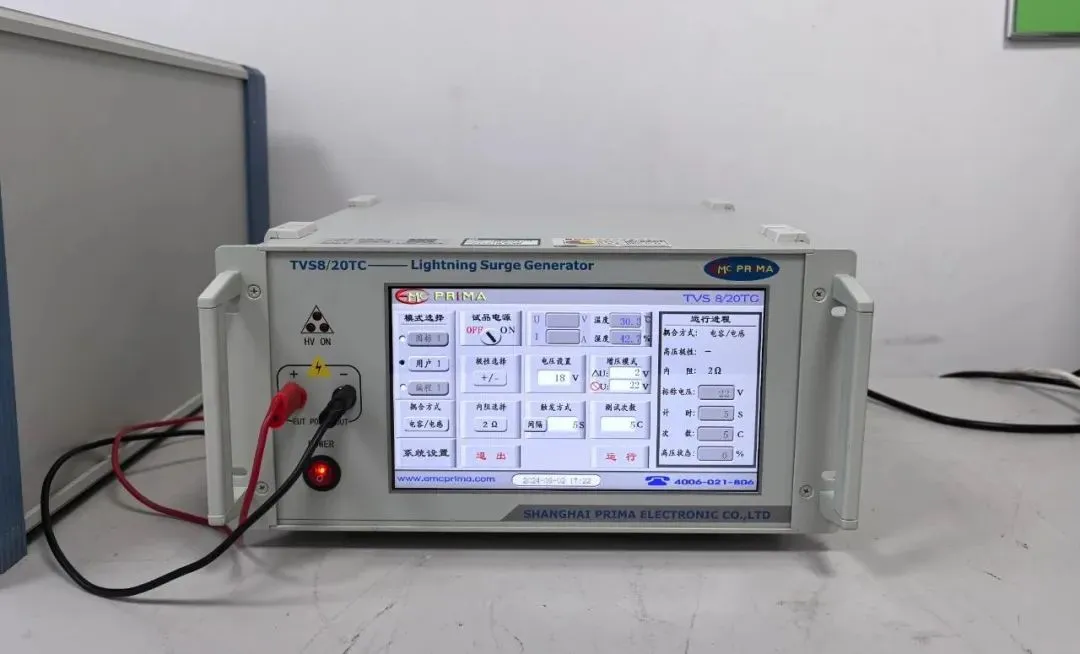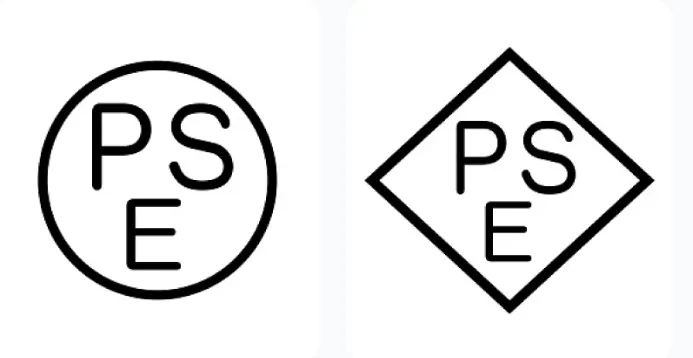
How to get the ANSI/CAN/UL 2056:2024 Test Report?
ANSI/CAN/ul 2056:2024 is a key safety standard for power banks in North America. Below is a detailed explanation of the standard:
I. Background and Purpose of the Standard
1. Release Date:October 22, 2024
2. Issuing Organizations:Jointly issued by the American National Standards Institute (ANSI) and the Standards Council of Canada (SCC)
3. Purpose:To REDuce the risk of fire or explosion associated with power banks, ensuring consumer safety during use.
II. Scope of Application
1. Applicable Products:Covers all types of battery-based power banks, including lithium-ion, nickel-based batteries, and products powered by integrated photovoltaic cells.
2. Exclusions:Products falling under the scope of ul 2743 (Portable Power Packs) are not covered by this standard.
III. Key Requirements of the Standard
1. Input and Output Characteristics
1. Input Voltage:Max rated input voltage must not exceed 60V DC or be powered via AC with a direct plug-in design.
2. Output Energy:Watt-hour rating must not exceed 100Wh.
Structural Requirements
1. Energy Limitation:New requirement limiting energy to no more than 100Wh.
2. Material Requirements:Specific density requirements for CHEESECLOTH and TISSUE PAPER.
3. Flame Resistance:Internal non-metallic materials must meet at least Min. V-2 flammability; if RTI is not met, passing a 550°C glow-wire test is accepted.
4. Enclosure Openings:Only input/output ports and vent valves are allowed; other openings are prohibited.
5. Battery Cell Requirements:MULtiple acceptable standards for cells (e.g., UL 1642, UL 62133-2 for lithium, ul 2054 or UL 62133-1 for nickel, or other chemistry-compliant safety standards).
Test Requirements
1. Electrical Tests:Include short-circuit at 55°C, abnormal charging, forced discharge, BMS verification, input test, flammability of photovoltaic cells.
New:55°C short-circuit test condition; 24-hour short-circuit test requirement removed.
2. Enclosure Tests:Static force, bending force, mold stress relief, etc.
3. Miscellaneous Tests:Label durability, etc.
Labeling and Instructions
1. Marking Information:Must include manufacturer name, product name/trademark, rated input, capacity, internal battery Wh rating, manufacturing date, and battery chemistry type.
2. Contrast Requirement:Markings must use contrasting colors or contrast with the casing for readability.
3. Warning Labels:Must clearly and permanently display warnings such as:
“CAUTION: Risk of Fire and Burns. Do Not Open, Crush, Heat Above (manufacturer’s specified maximum temperature) or Incinerate. Follow Manufacturer’s Instructions.”
IV. Background and Significance of the Revision
1. Why It Was Revised:Rapid growth in the power bank market has led to inconsistent product quality and increased incidents of fires and burns. Previous standards were insufficient for today’s safety needs.
2. Significance:The ANSI/CAN/UL 2056:2024 standard enhances power bank safety, reduces accidents, and protects consumers. It also provides clear safety regulations and technical guidance for manufacturers and sellers.
V. Key Updates in This Revision
Structural Updates
1. Added 100Wh energy cap.
2. Defined density requirements for CHEESECLOTH and TISSUE PAPER.
3. Introduced Min. V-2 flame rating for non-metallic internal enclosure materials.
4. Defined “SMALL PART” for evaluating fire resistance exemption.
5. Accepted 550°C glow-wire test as an alternative if RTI isn’t met.
6. Specific rules for enclosure openings.
7. Multiple compliant standards for different battery chemistries.
8. New electrical connection requirements for spliced connectors, quick terminals, multi-pin connectors, etc. (e.g., UL 310/CSA C22.2 No.153/UL 1977/CSA C22.2 No.182.3).
9. For plug-in designs: must not discharge while charging via AC.
10. Wireless charging products (receiver/transmitter) must comply with UL 2738 or similar.
11. Introduced “BUILT-IN Battery” concept linked to several new tests.
Test Updates
1. Major updates to external short-circuit, abnormal charging, and abusive overcharging tests.
2. External short-circuit:
Cell cooling criteria changed from ±10°C to ±5°C from ambient.
Introduced 20mΩ short-circuit condition.
If supporting simultaneous charge/discharge, consider output short under charging.
Lithium cell surface temperature reduced from ≤150°C to ≤75±1°C.
3. Abnormal/abusive charging:
Tests bypass voltage conversion circuits.
Fault introduced before test; lithium cell surface temperature ≤90±1°C.
4. New protection circuit tests for BUILT-IN Battery: overcurrent discharge, undervoltage discharge, overcurrent/overvoltage charging.
5. Removed LPS requirement (accommodates higher-output devices like 140W USB-C).
6. Combined component and surface temperature rise into one section; cell voltage must also be monitored.
7. Max surface temp for cells: ≤75°C.
8. Plastic casing temp rise limited to ≤75°C regardless of contact time.
9. Input testing: auxiliary functions (e.g., flashlight, speaker) must be active.
10. Overload test: now based on max power output, considering charging and discharging simultaneously.
11. Capacity verification for nickel-based cells references IEC 61951-2, section 7.3.2.3.
12. Static 250N force test: clarified force application duration and speed; hold time increased to 30s.
13. Added Chapter 23 bending force evaluation.
Labeling and Instruction Manual
1. Markings must include battery chemistry (e.g., Lithium chemistry).
2. Markings must use contrasting colors; acceptable examples include black/white, red/green, blue/orange, yellow/purple.
3. Updated instructions on fire/personal injury risks:
Item e):Do not expose the power bank to high heat or fire. Avoid direct sunlight or leaving it in a vehicle.
Item j):Updated limit temperature for hazardous heat exposure (manufacturer-defined).
The ANSI/CAN/UL 2056:2024 standard is a critical benchmark for power bank safety in North America. Its publication and enforcement are vital for improving product safety, protecting users, and guiding manufacturers in compliance.
Email:hello@jjrlab.com
Write your message here and send it to us
 Canadian Rug Flammability Testing
Canadian Rug Flammability Testing
 Toy Flammability Test Compliance Certification
Toy Flammability Test Compliance Certification
 ISO 17025 Accredited Test Laboratory
ISO 17025 Accredited Test Laboratory
 What is Amazon California Proposition 65?
What is Amazon California Proposition 65?
 New METI Registration Regulations in Japan
New METI Registration Regulations in Japan
 Attention for Amazon Japan Sellers: New PSE Regula
Attention for Amazon Japan Sellers: New PSE Regula
 Compliance with Japanese Representative & METI
Compliance with Japanese Representative & METI
 ZigBee-LoRa-Z-Wave Product compliance testing
ZigBee-LoRa-Z-Wave Product compliance testing
Leave us a message
24-hour online customer service at any time to respond, so that you worry!




